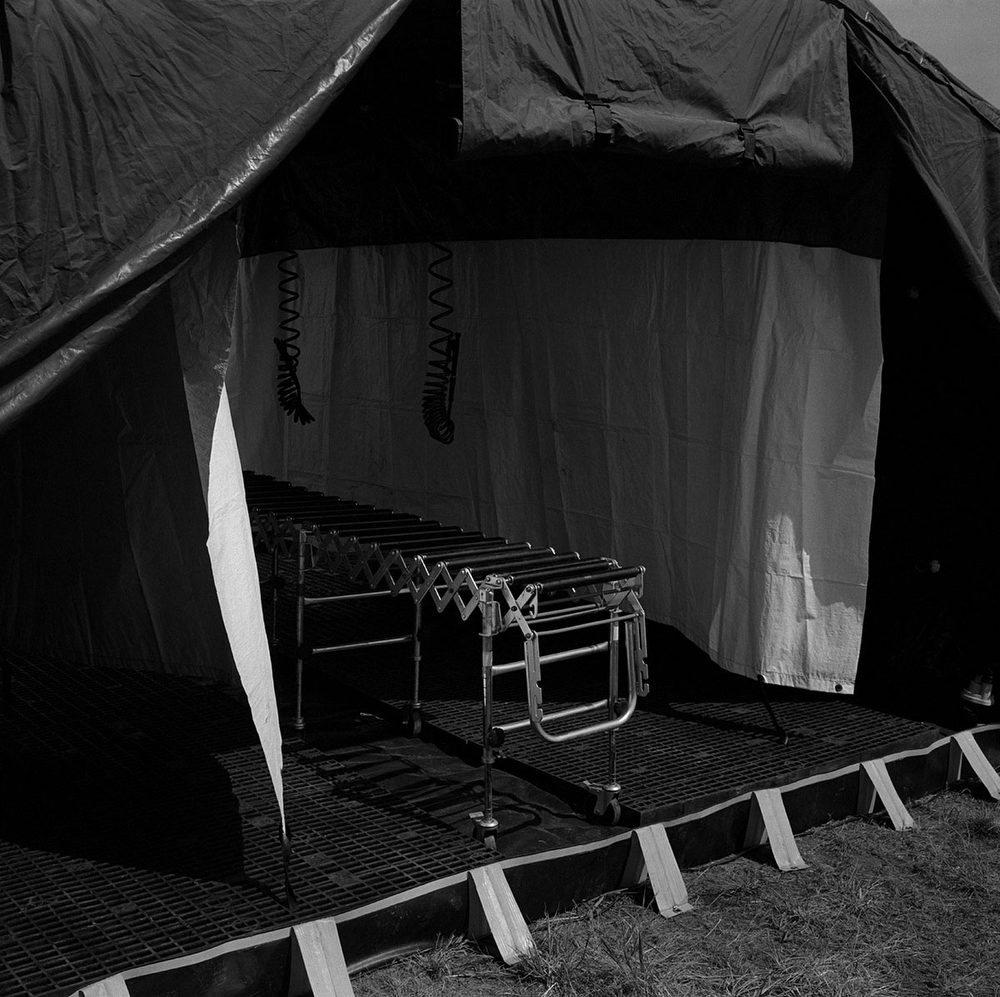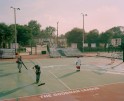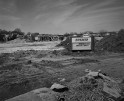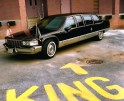Louie Palu: The States Project: District of Columbia
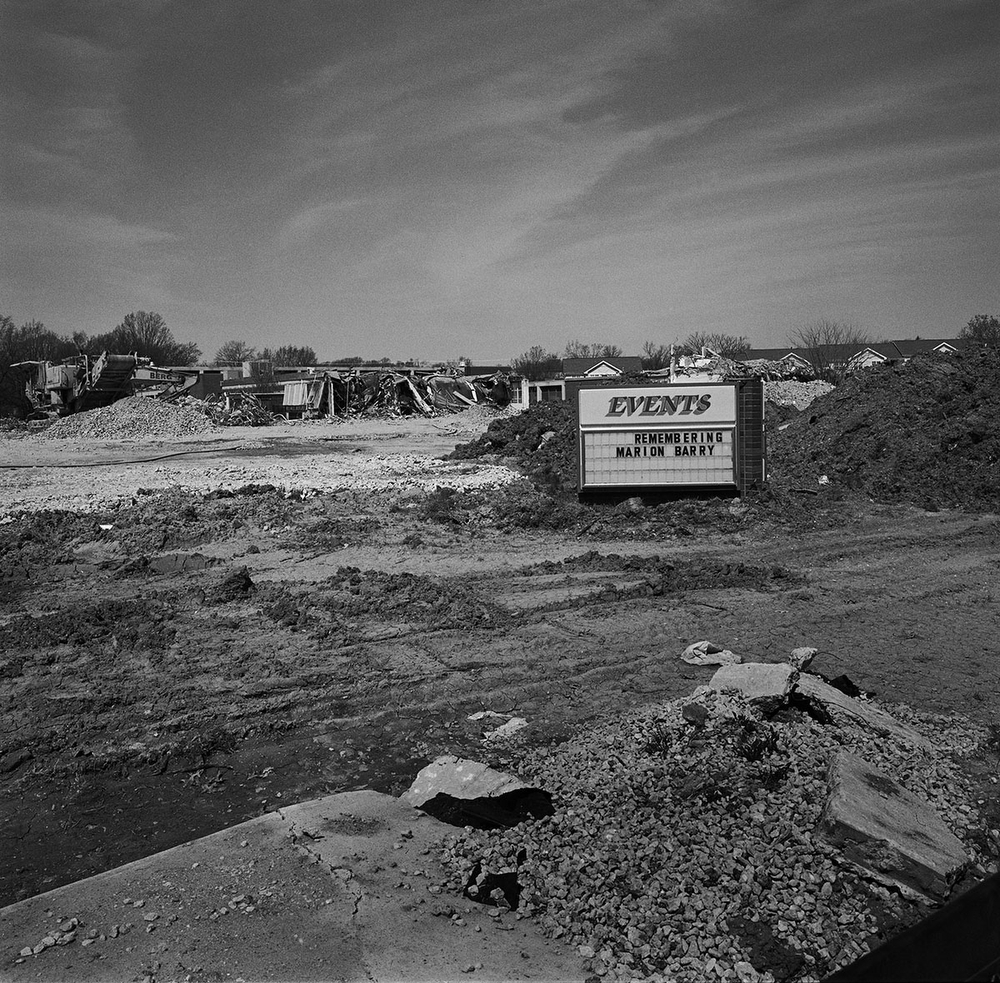
©Louie Palu, “Remembering Marion Barry”, Frank W. Ballou High School during demolition in the Congress Heights neighbourhood, Washington DC, USA.
“You live in D.C.? You have to meet Louie Palu, he makes the most fabulous pasta,” curator Alison Nordstrom said to me as I was sitting across from her at a portfolio review many years ago. She was right; his red sauce is great, but for me, his approach to his work is even better. Louie’s work straddles film, documentary, and concept, and is informed by his deep appreciation for photographic and world history. Watching his growth as a photographer and filmmaker, from a traditional documentarian with his series, Cage Call, on Canadian miners, to his concept newspaper on the Mexican war on drugs, Mira Mexico, to his work researching and examining the work of other photographers he respects and admires, Louie is a photographer for whom there is no mold. I am proud to call him my friend.
Louie Palu is a documentary photographer and filmmaker who explores social, political issues. He is best known for his long-term projects which span numerous years on single topics such as resource extraction, war, disease, detention and human rights. His work has been published and exhibited widely. His work is in the collections of the Museum of Fine Arts Boston, Harry Ransom Center, Museum of Fine Arts Houston and many others. He is a 2016 Guggenheim and Harry Ransom Center Fellow.
Federal City
A nation’s identity related to architecture has come to define the city of Washington DC both in its history and purpose. However, there is a current conflict between the control, destruction and rebuilding of sections of the cities neighborhoods amongst its residents. The relationship between economics, race, political power, servitude and security here both bonds and divides communities within the city and reverberates domestically and internationally.
Looking past the façade of the federal government the architecture of the White House, and Capitol Hill have become defining images of U.S. identity and political power. The city is surrounded by Civil War battlefields and is a federal district with no locally elected congressional representation for its residents. Ironically, the majority if not all the politicians who are elected to federal government based in DC have no electoral connection to the neighborhoods and the people who live in Washington DC though make and can control laws that affect them outside of the cities elected Mayor. It can be a confusing situation to explain and understand, I know. Wars have been declared, international trade deals signed, domestic and foreign policy made, the World Bank and International Monetary Fund are headquartered there. Almost every country in the world has an embassy or some form of representation in Washington, yet they all have no connection to most of the cities residents. It’s as if there are really two different cities within one forced to live together with many unresolved problems. One version of Washington DC we see all the time as images of the federal government and one of these cities we don’t see enough of if at all.
Washington DC has slowly emerged from over two centuries of trauma including four recent decades of trauma beginning with the riots in 1968 after Dr. Martin Luther King was murdered, followed by urban decay, the crack epidemic and a defining political but divisive era under DC’s “mayor for life” Marion Barry. No city in America or the world exists with such an ironic and surreal often conflicted sense of identity recognized by everyone worldwide, yet misrepresentative of the people who live there like Washington DC. The conflict over who defines DC and its identity has been fought out between its residents and the federal government for decades. Now a final chapter in this conflict seems to be playing out and it all revolves around what some label as the renewal and many others the destruction of the city through its architecture and the people who inhabit these neighborhoods in the city. Many federal institutions are being decentralized and moved into the surrounding region of the states of Maryland and Virginia changing the face of this Federal City. Real estate values are rising, condominiums being built, people moving in and people being displaced.
The photographs in this featured edit are for an upcoming self published zine I will release early in 2017 after the next President of the United States is sworn in. I am in the midst of the editing process and many of my favorite images are in this edit, but many more will be released in the publication. Some of these images are experiments that lead me to the final edit or images that talk about issues that interest me. The project spans the end of President George W. Bush’s administration to the end of President Barack Obama’s.
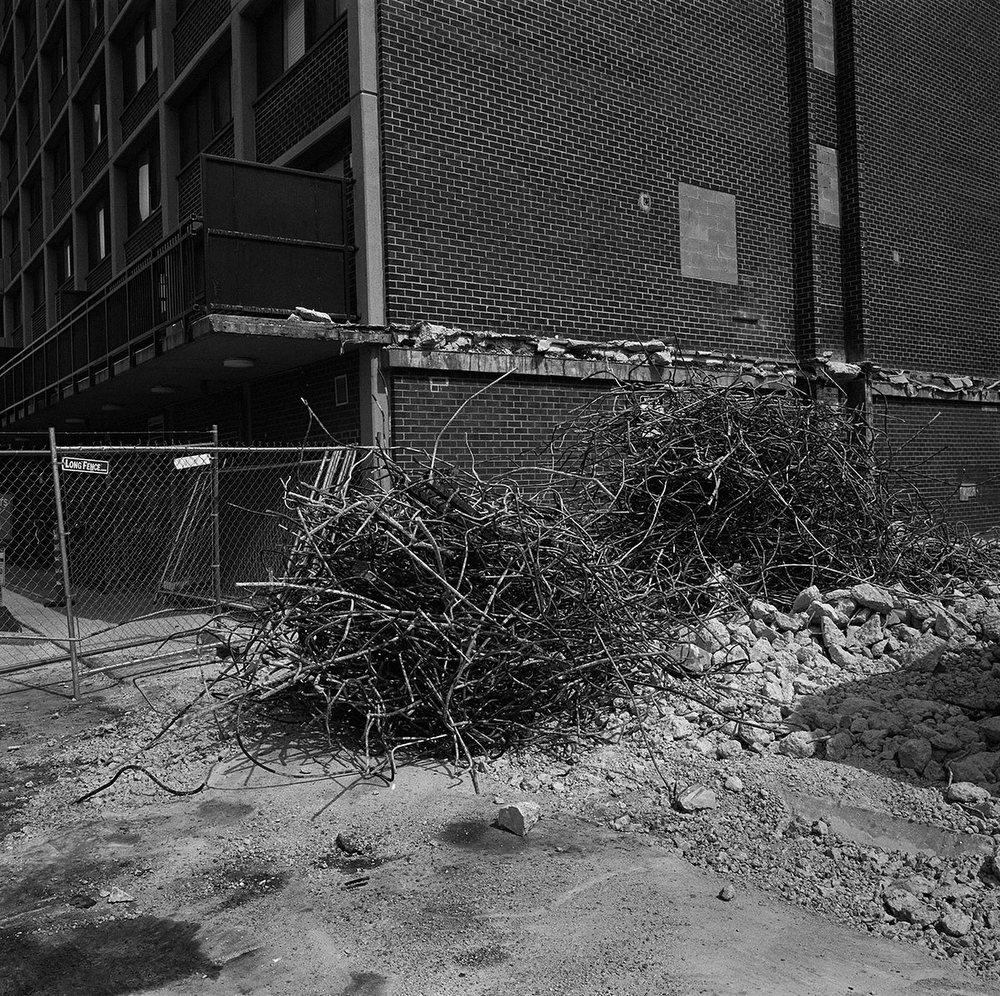
©Louie Palu, Demolition to allow for the building of condominiums in the Shaw neighbourhood, Washington DC, USA.
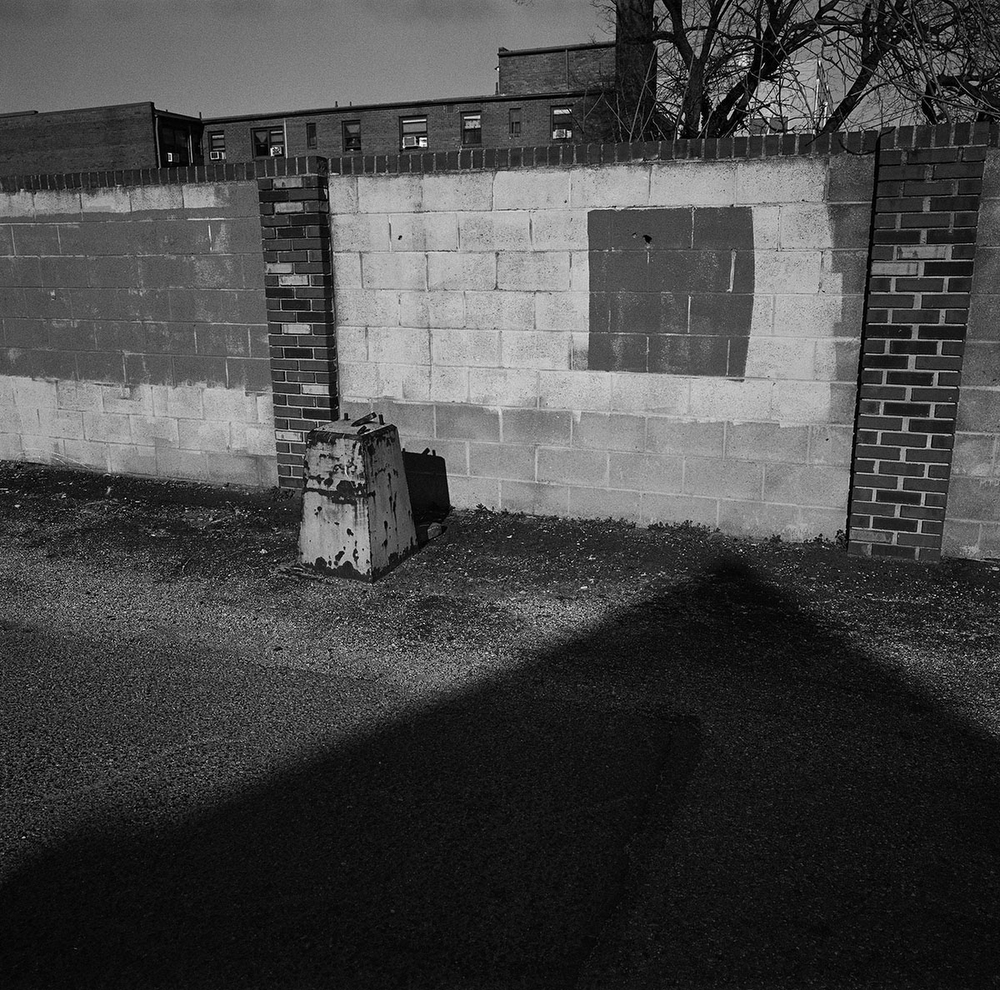
©Louie Palu, Wall between the Park Morton Public Housing complex and a laundromat in the Park View neighborhood, Washington DC, USA.

©Louie Palu, The J. Edgar Hoover Building which is the Federal Bureau of Investigation headquarters in the Penn Quarter neighbourhood, Washington DC, USA.
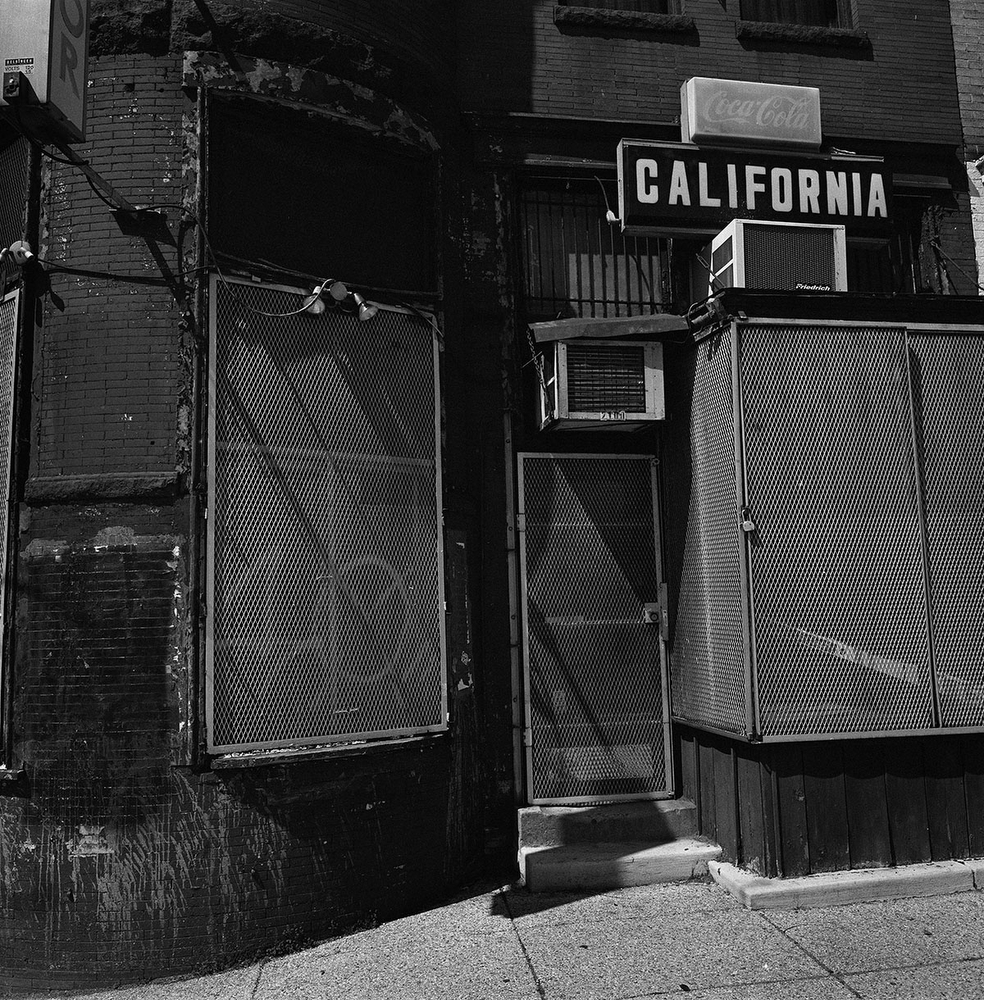
©Louie Palu, Storefront on 18th Street NW and California Ave. NW in the Adams Morgan neighbourhood, Washington DC, USA.

©Louie Palu, Tape marks where Barrack Obama stood the day after he took the oath as President of the United States of America in front of the U.S. Capitol building, Washington DC, USA.
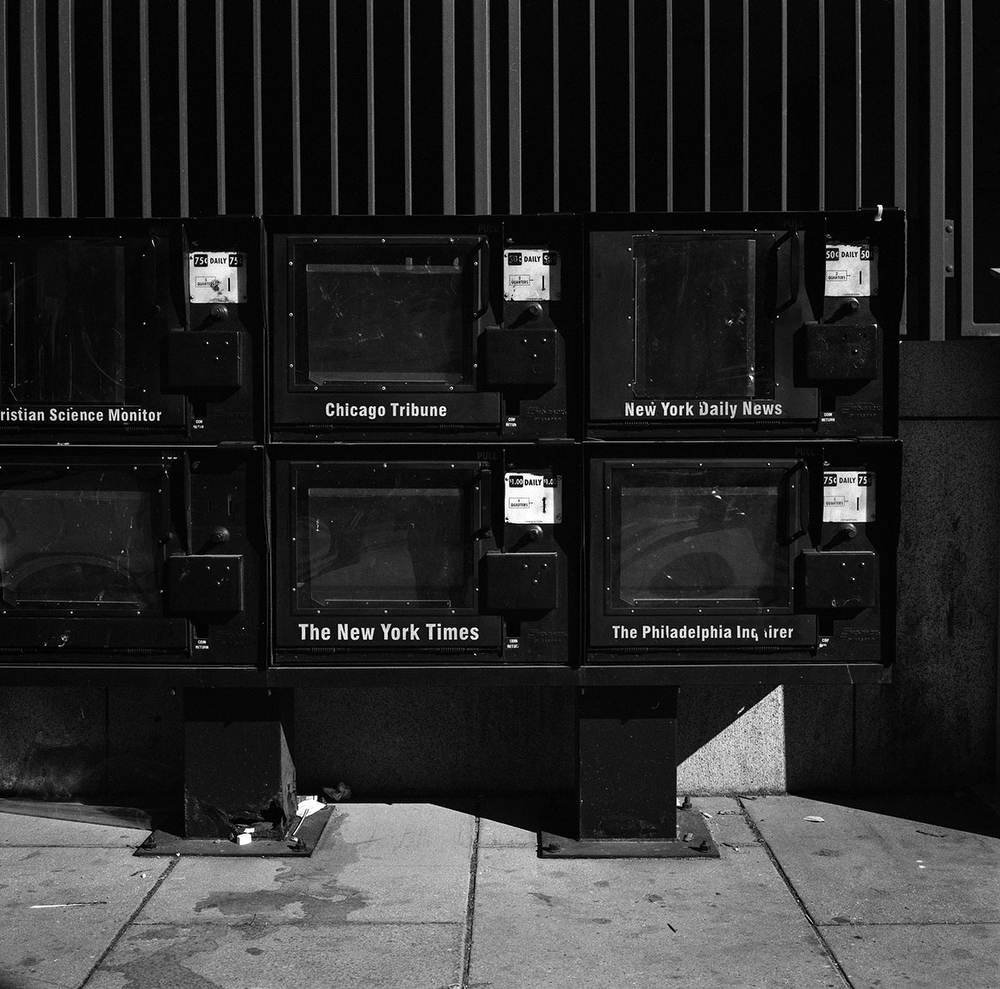
©Louie Palu, Empty newspaper boxes no longer in use before they were removed at the corner of Connecticut Avenue NW and K Street NW in Washington DC, USA.

©Louie Palu, Secret Service Agents keep watch before President George W. Bush leaves the future site of the U.S. Institute of Peace in the Foggy Bottom neighbourhood, Washington DC, USA.
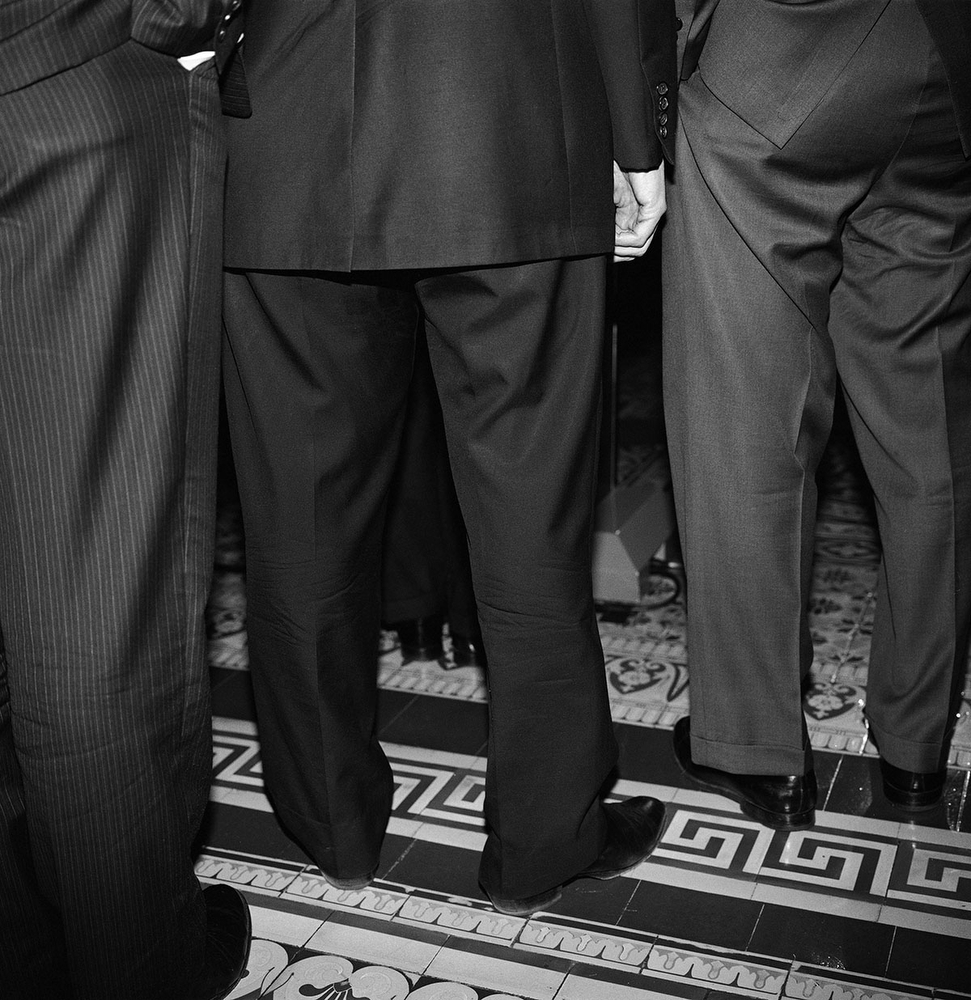
©Louie Palu, Republican Senators challenging President Barack Obama’s policies while addressing the media on Capitol Hill, Washington DC, USA.
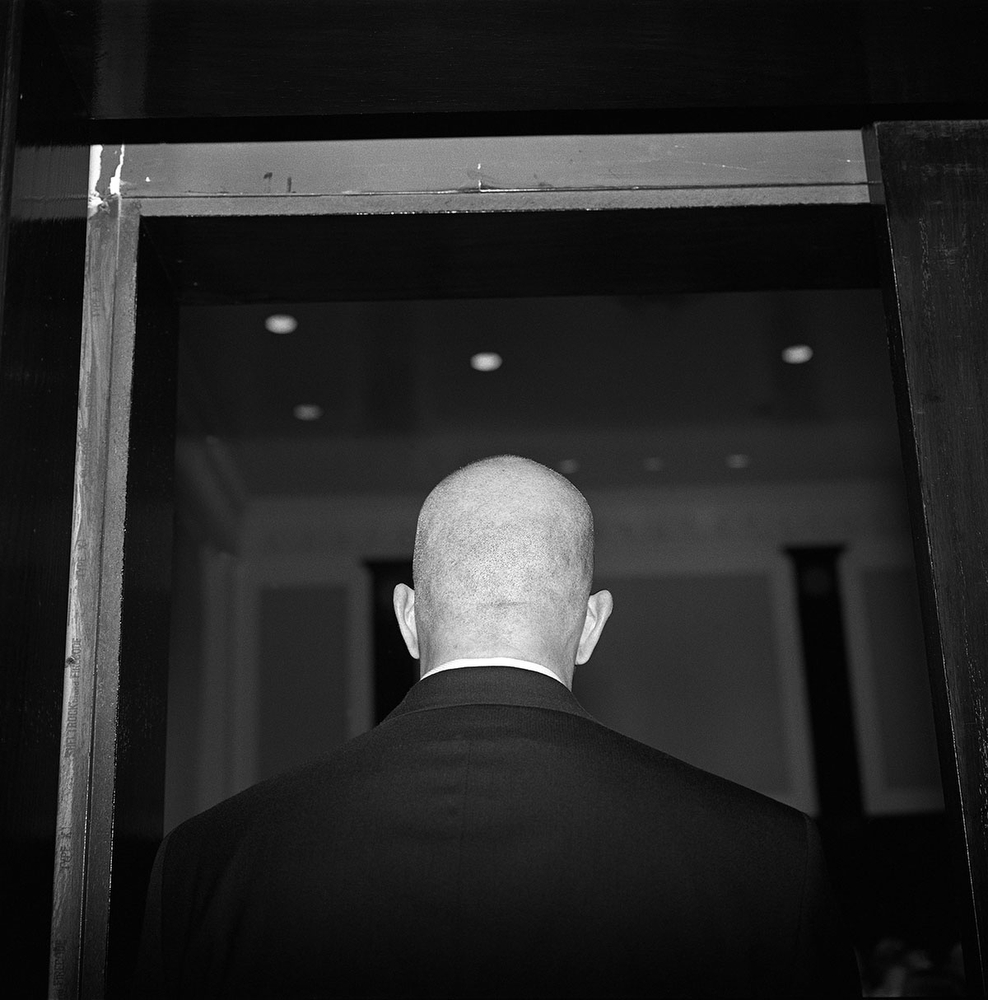
©Louie Palu, The body guard to US General David Petraeus at the Press Club during a briefing on the progress of the war in Afghanistan, Washington DC, USA.
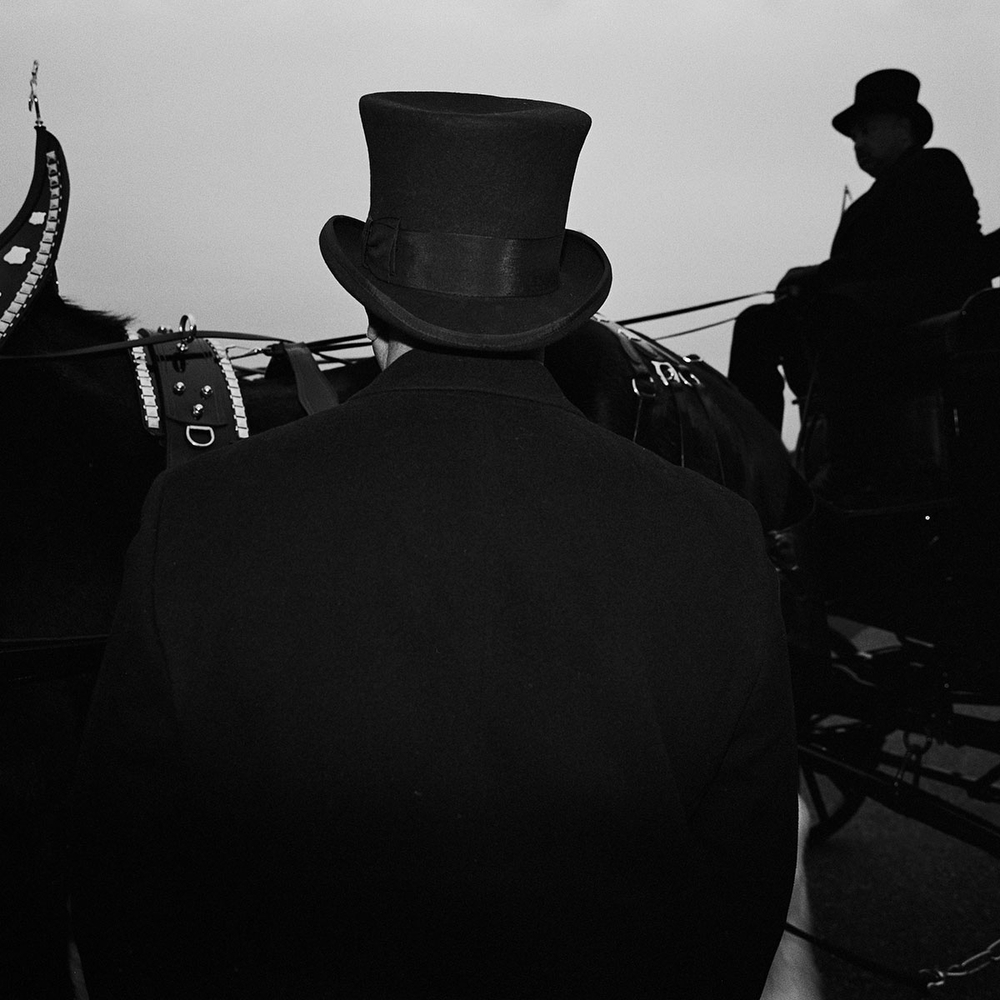
©Louie Palu, The driver of the horse drawn carriage carrying the casket with the remains of “Mayor For Life” Marion Barry in the Washington Highlands neighbourhood before he is driven through all 8 Districts in the city, Washington DC, USA.

©Louie Palu, A plastic bag over the bust of U.S. President Abraham Lincoln in the U.S. Capitol building, Washington DC, USA.
Posts on Lenscratch may not be reproduced without the permission of the Lenscratch staff and the photographer.
Recommended
-
Jared Soares: The States Project: District of ColumbiaNovember 12th, 2016
-
Tatiana Gulenkina: The States Project: District of ColumbiaNovember 11th, 2016
-
Louie Palu: The States Project: District of ColumbiaNovember 10th, 2016
-
Eman Mohammed: The States Project: District of ColumbiaNovember 9th, 2016
-
Stephen Crowley: The States Project: District of ColumbiaNovember 8th, 2016


